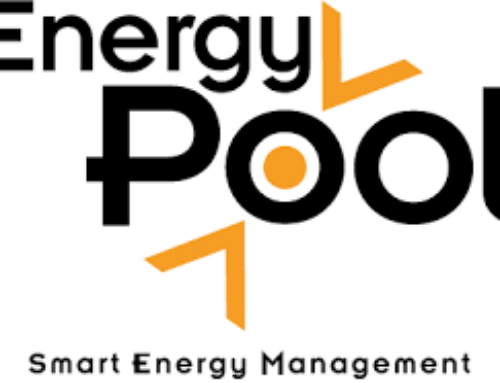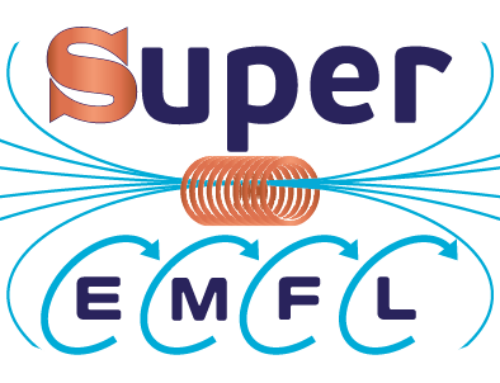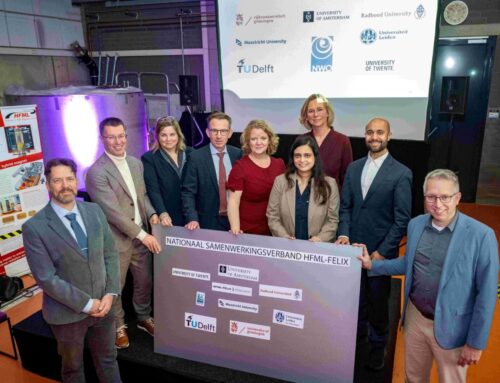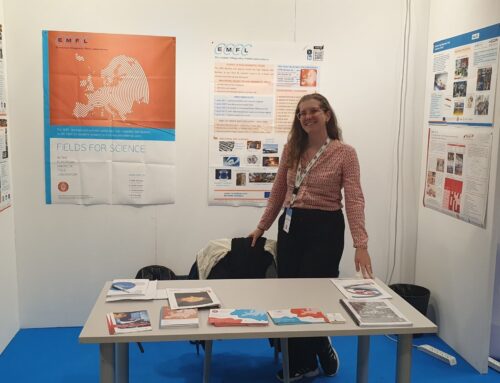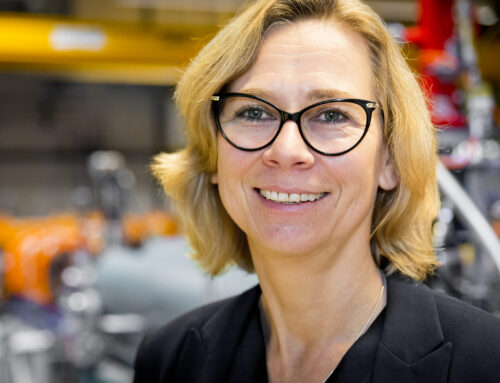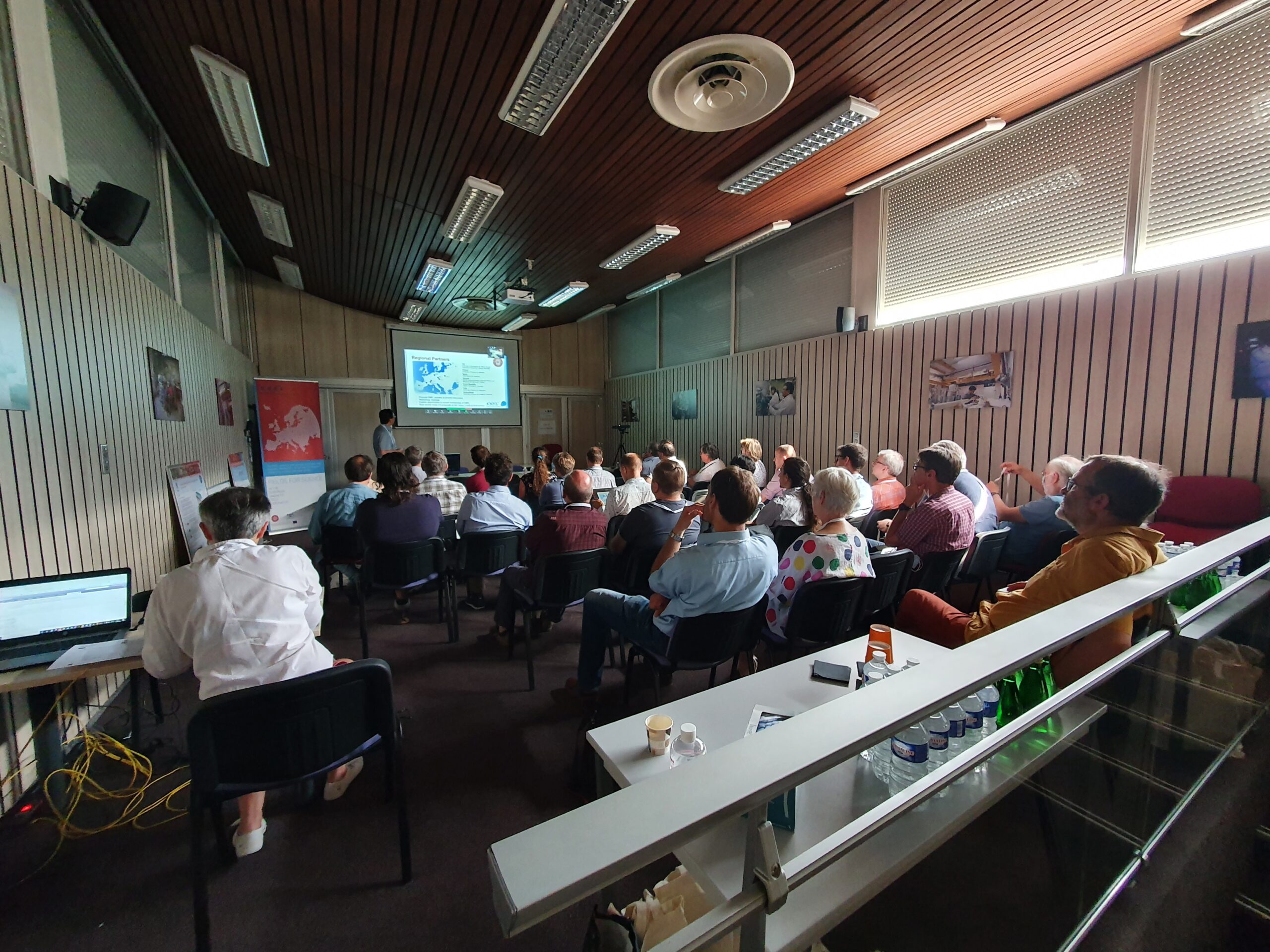
Photo © Alexandra Gasparini
After the online user meeting last year, it was a pleasure to see quite a number of users and staff in reality during this year‘s meeting. The 2022 edition of the EMFL user meeting took place in Grenoble at the LNCMI on June 15 in hybrid format. With up to 90 participants, 35 on site and 55 remotely connected, this year‘s meeting was once again well attended. The in-person discussions during coffee and lunch breaks were particularly productive in exchanging ideas and experiences between users and EMFL staff. Another aim of the meeting was to present scientific results and to discuss about possibilities for improving the facilities‘ attractiveness. The meeting started with a warm welcome by Peter Christianen, chairperson of the EMFL Board of Directors and director of the HFML. Jochen Wosnitza, chair of the Selection Committee, announced this year‘s EMFL prizewinner, Mateusz Dyksik (see article in this edition of EMFLNews), who, afterwards, presented his work in a talk on „Excitonic properties of 2D layered perovskites revealed by magneto-spectroscopy“. The audience was then able to appreciate the excellent talks of the eight invited speakers who presented their work done as users at the EMFL facilities. Stanislaw Galeski (Max Planck Institute CPfS, Dresden) covered his high-field research on the topological semimetal ZrTe5. Charis Quay (LPS Orsay) presented results on tunneling spectroscopy of few-monolayer NbSe3 in high magnetic fields and Shravani Chillal (Helmholtz-Zentrum Berlin and TU Berlin) on magnetic phase diagrams of quantum magnets. Marco Bonura (University of Geneva) presented more applied results on record high upper critical field in the superconductor MgB2. After an excellent lunch (for in-person participants), Elena Blundo (Sapienza University Rome) gave a talk on k-space direct and indirect excitons in strained WS2 monolayers and Maciej Molas (Warsaw University) on excitons in monolayers of transition metal dichalcogenides. Touching a more exotic topic, Julien Fuchs (LULI) reported on recent advances in laboratory astrophysics using laser-driven magnetized plasmas. Finally, Michael Schmitz (Aachen University) presented results on graphene in high magnetic fields. In the afternoon, chaired by Raivo Stern (NICPB, Tallinn, Estonia), the User Committee met to discuss critically the strengths and weaknesses of user-related issues of the EMFL and reported back to the Board of Directors. In particular, the Committee discussed the newly introduced access modes for magnet time (fast track, dual access, etc.), complementing the existing access modes. After not being able to meet in person for 2 years, the hybrid meeting was a big success. It was a great pleasure to renew and deepen contacts in person and to include the participants in remote mode. We hope to be able to maintain this format in the future as well. The next user meeting will take place in Nijmegen, again in June, and we are looking forward to see many of you there in person.


